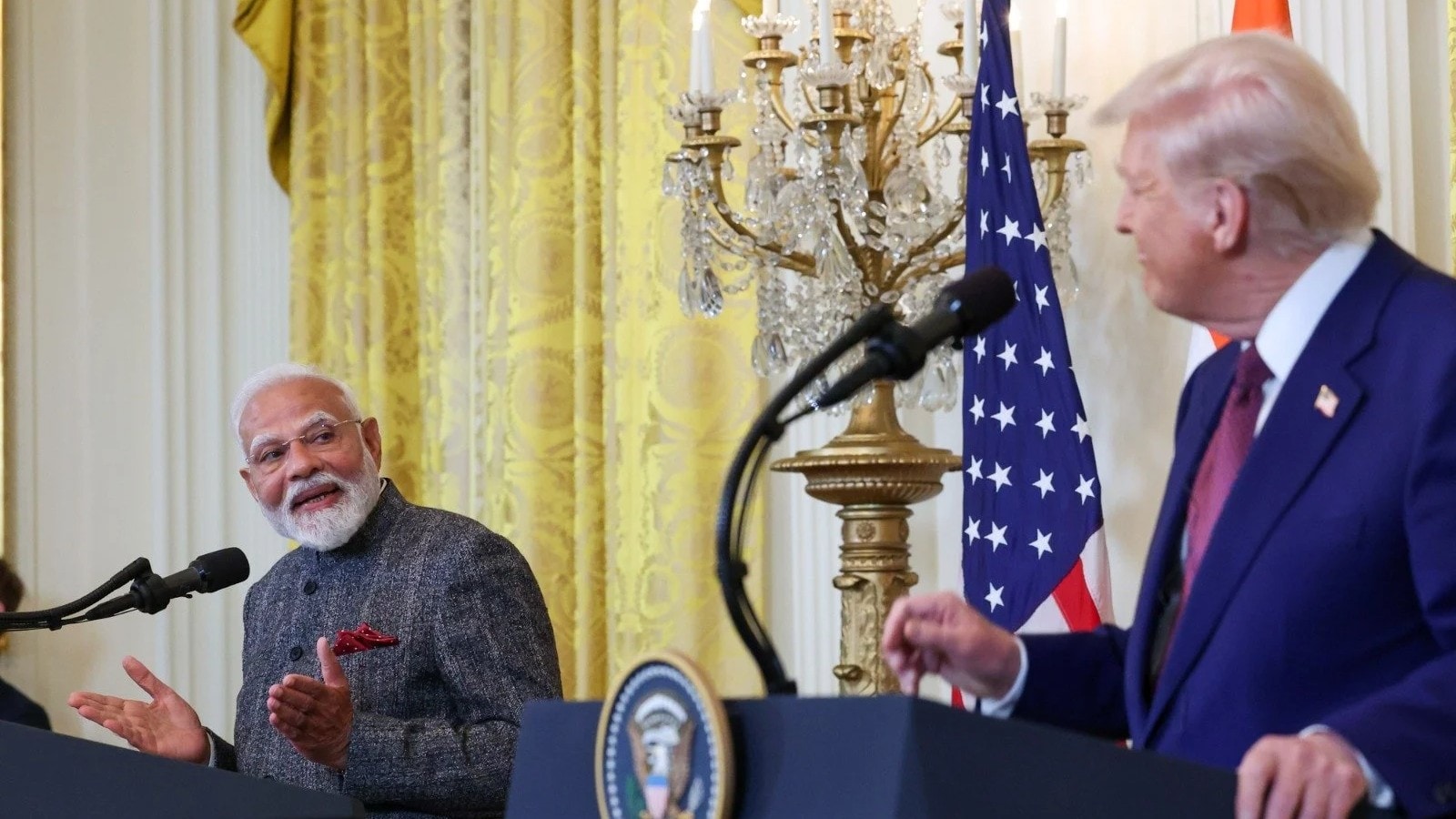(Bloomberg) -- Federal Reserve Bank of Dallas President Lorie Logan said it’s too soon to consider cutting interest rates, citing recent high inflation readings and signs that borrowing costs may not be holding back the economy as much as previously thought.
Logan, whose remarks are closely watched by investors given her prior role managing the central bank’s asset portfolio at the New York Fed, said she’s increasingly concerned that inflation progress could stall out.
“In light of these risks, I believe it’s much too soon to think about cutting interest rates,” the Dallas chief said Friday in prepared remarks for an event at Duke University. “I will need to see more of the uncertainty resolved about which economic path we’re on.”
Fed officials “should remain prepared to respond appropriately if inflation stops falling,” she added.
Fed Governor Michelle Bowman also expressed her concern about potential upside risks to inflation on Friday. She continues to expect price pressures will cool further with interest rates held at current levels, but reiterated that it’s “still not yet” time to lower borrowing costs.
Read More: Fed’s Bowman Says It’s ‘Still Not Yet’ Time for Rate Cuts
Logan’s remarks suggest she is among a sizable contingent of policymakers who expect two or fewer rate cuts in 2024. She spoke hours after government data showed US payrolls rose in March by the most in nearly a year and the unemployment rate declined.
“There’s no urgency right now,” Logan said in a question-and-answer session with Duke professor and former Fed board senior adviser Ellen Meade following her speech. “We have time to wait and to see the incoming data and see how financial conditions are evolving.”
Moving Sideways
Fed officials left interest rates unchanged in a range of 5.25% to 5.5%, a more than two-decade high, at their March meeting. Most policymakers have said they want to see more data to be confident that inflation is sustainably returning to their 2% goal.
“To be clear, the key risk is not that inflation might rise — though monetary policymakers must always remain on guard against that outcome — but rather that inflation will stall out and fail to follow the forecast path all the way back to 2% in a timely way,” Logan said.
Prices rose faster than hoped in January and February, increasing concern among some officials that progress on inflation is petering out. While the median of 19 policymakers still penciled in three rate cuts for this year in economic estimates released following the Fed’s meeting last month, nine participants saw two or fewer reductions.
Atlanta Fed President Raphael Bostic said Wednesday he expects just one rate cut this year in the fourth quarter, and Minneapolis Fed President Neel Kashkari said it may not be necessary to lower borrowing costs if inflation stops cooling and the economy remains robust.
“If we continue to see inflation moving sideways, then that would make me question whether we needed to do those rate cuts at all,” Kashkari said Thursday.
Neutral Rate
Beyond the inflation data, Logan said she’s concerned that monetary policy may not be holding back the economy as much as most forecasts assume. That could mean the so-called neutral rate of interest — one that neither slows nor stimulates the economy — is higher.
“Economic and financial evidence is accumulating that the long-run neutral rate has likely moved up,” she said.
Bowman also flagged that it’s “quite possible” the neutral rate will be higher than before the pandemic.
“If that is the case, fewer rate cuts will eventually be appropriate to return our monetary policy stance to a neutral level,” Bowman said.
Uncertainties in measuring things like the neutral rate and other economic developments, including a surge in immigration that’s likely contributing the country’s output, mean it’s more useful to focus on inflation data right now than jobs figures, Logan added.
Payrolls swelled by 303,000 in March, topping all estimates, government data showed Friday. The unemployment rate edged lower to 3.8%, wages grew at a solid clip, and workforce participation rose, underscoring the enduring strength of the labor market.
Read More: Blowout Jobs Data Raise Chance of Delayed, Fewer Fed Rate Cuts
Balance Sheet
Logan also repeated that it may be appropriate for the central bank to soon start slowing down the pace at which it lets assets mature off its balance sheet. Policymakers discussed the potential slowdown at their March meeting and some Fed watchers expect that process to begin in the coming months.
Logan said the Fed would likely lower the cap for how much in Treasury securities it rolls off the balance sheet every month, while leaving the cap for mortgage-backed securities unchanged.
“I don’t think we should really move the mortgage cap because keeping it there sends that signal that we are headed toward a primarily Treasury portfolio,” Logan said. “So my sense is that what we’re talking about is reducing the Treasury cap and slowing the pace of the Treasury runoff.”
(Adds additional comments from Logan and Fed Governor Michelle Bowman.)
More stories like this are available on bloomberg.com
©2024 Bloomberg L.P.
 RECOMMENDED FOR YOU
RECOMMENDED FOR YOU

All Eyes On Powell: Fed Poised For First Rate Cut In 2025; What It Means For D-Street
 Sep 16, 2025
Sep 16, 2025

Gold Price At Record High: Should You Buy This Festive Season? Experts Weigh In
 Sep 16, 2025
Sep 16, 2025

Flashpoints, Fed Bets, And A Thaw: Talking Point This Week
 Sep 12, 2025
Sep 12, 2025

US Stock Rally Stalls at Record as Bond Yields Rise: Markets Wrap
 Sep 12, 2025
Sep 12, 2025

